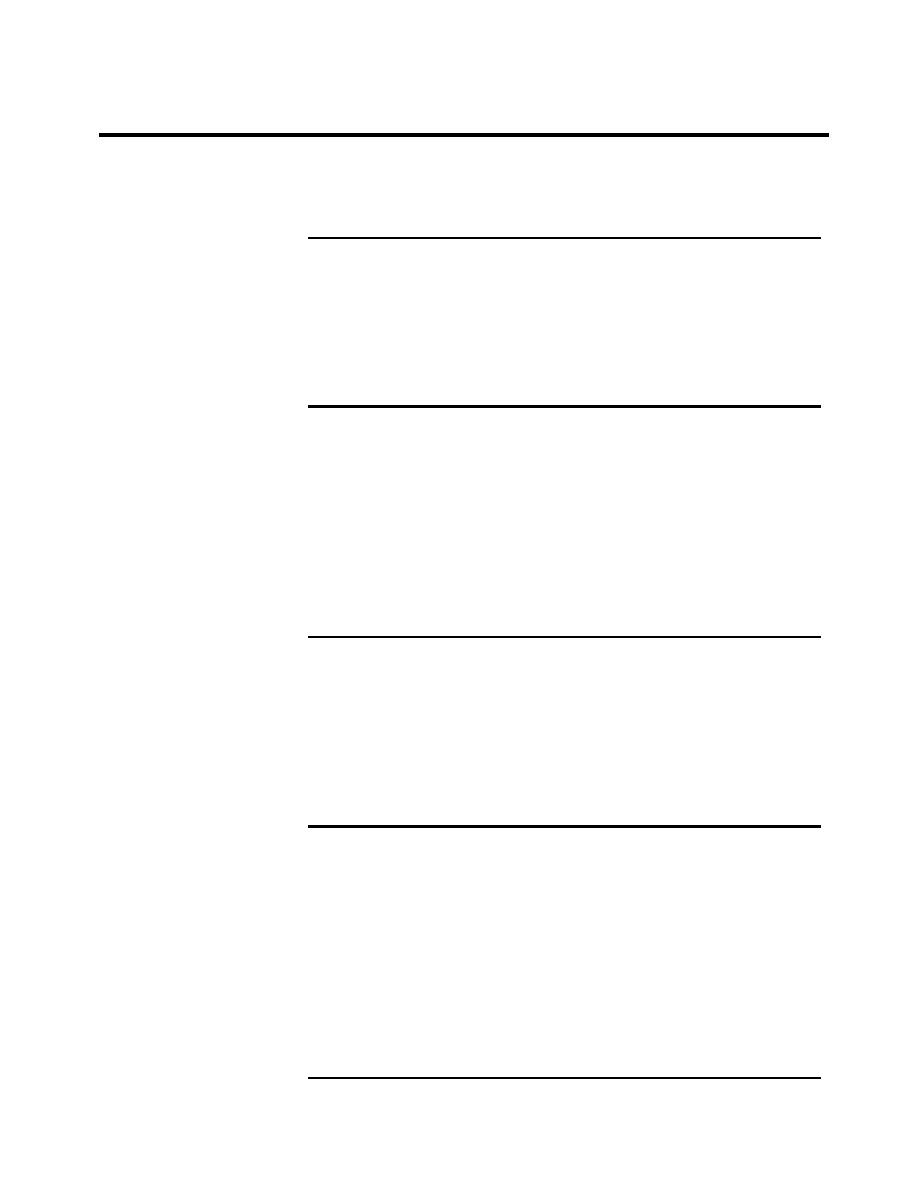
Learner Control
Students learn best when they are actively engaged in the learning
Do I Need Learner
process. You can build in that engagement by enabling the student to
Control?
control, at least in part, their progression through a training program.
Let the student have control over when the next screen gets displayed.
Screen Control
A timed overlay (the next screen appears after a predetermined time)
should not be used due to various reading rates. However, avoid using
"next" throughout the program. It is usually better to move from one
screen to the next by having the student complete an action or a task.
Give students the option to review previous material whenever
Review
possible. If a student is in segment 2 and wishes to review something
in segment 1, having an icon that says "seg 1" or "menu" will enable
the student to return/review a previous screen. The forward button on
your screen should allow the student to advance all the way to the end
of a segment if desired. You may want to prohibit reviews or
movement between screens during a test or performance exercise,
although reviewing after the exercise is usually desirable.
Ensure that touch zones, or hot areas, are self explanatory. Don't make
Touch Zones (Hot
the student have to guess where to touch or what to click on. You
Areas/Spots)
could show touch zones on a separate Help screen if you choose. The
screen should enable the learner to easily determine where the hot
areas are. You can do this with color (blue text for a hot word), shape
(a button), or by changing the cursor shape (from a pointer to a hand).
Bookmarks are good functions to include with training programs that
Bookmarks
include multiple lessons or modules. Bookmarking enables the
student to exit the lesson and then reenter the lesson at the same place.
They are especially crucial for students who may be called away from
the learning center to stand a watch or respond to an emergency. Try
to let your student return to the same lesson segment if desired.
Forcing them to repeat the segment can lead to frustration and
dissatisfaction.
41




 Previous Page
Previous Page
